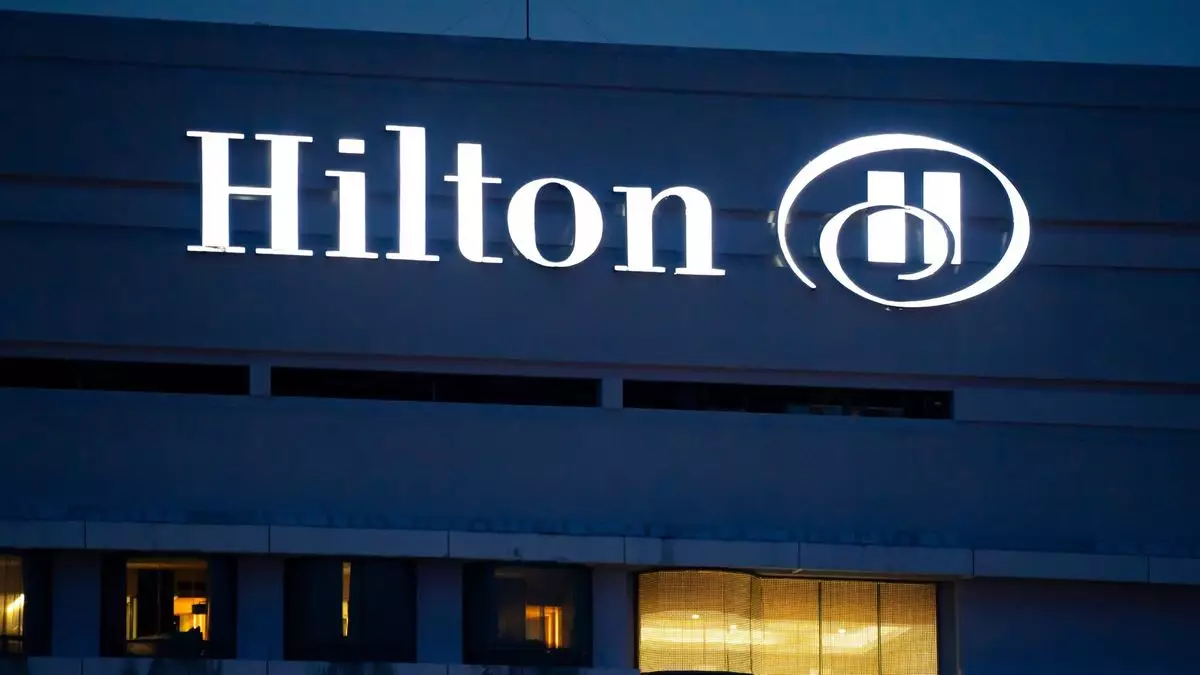In the recent Q4 earnings call, Hilton’s CEO Christopher Nassetta conveyed notable optimism regarding the economic outlook surrounding the hotel industry and the broader U.S. economy. This confidence appears to stem from the anticipated effects of Donald Trump’s economic policies. Nassetta indicated that compared to previous assessments which were clouded with election-related uncertainties, Hilton is now feeling “incrementally a bit better” about the business forecast for 2025. This shift suggests a more stable environment conducive to growth, moving away from the tumultuous noise that typically accompanies election cycles.
Hilton’s projections for revenue per available room (RevPAR) indicate an expected growth rate of 2% to 3% in 2025, a sign that recovery may be on the horizon for the hospitality sector. The confidence expressed by Nassetta aligns with a broader perspective held by various industry associates, signaling an anticipated improvement in short to medium-term economic conditions. This sentiment of recovery is crucial as it reflects a potential for increased consumer spending and travel activity, pivotal factors for Hilton’s success in a sector deeply impacted by economic fluctuations.
Regulatory and Tax Landscape
A crucial aspect of Nassetta’s message revolved around the expectation of a “lighter regulatory environment.” Amid ongoing discussions about tax policies, he noted optimism within the business community that forthcoming changes could favor corporate interests, specifically highlighting the potential renewal of tax cuts from Trump’s first tenure. Such reforms could stimulate further investments from businesses, positively impacting employment and consumer confidence.
Trade Policies and Supply Chain Resilience
Trade relations, particularly with China, have been a focal point in U.S. economic policy discourse. Nassetta shared insights on the perceived noise surrounding tariffs, suggesting that the current tariff measures, including a 10% levy on Chinese goods, may be strategic moves within larger negotiations. While some may view tariffs as detrimental to business, Hilton’s proactive approach to diversifying its supply chains over the past five years indicates a preparedness for potential disruptions. This strategy not only mitigates risks associated with tariff impacts but also fortifies the company against market volatility.
Hilton’s financial performance in Q4 stands as a testament to its resilience and adaptability. With a reported revenue of $2.78 billion, marking a 6.5% increase from the previous year, the company demonstrated a robust growth trajectory. Net income for the fourth quarter reached $505 million, contributing to an impressive total of $1.54 billion for the full year. Additionally, an occupancy rate of 69.9% underscores the recovery in travel demand as public health conditions improve.
As we navigate through the complexities of a post-pandemic economic landscape, Hilton’s strategies and forecasts might not only reflect the company’s trajectory but also serve as indicators for the wider hospitality sector’s recovery narrative. Nassetta’s insights suggest a future where opportunities can be seized in a potentially favorable economic environment, making Hilton a pivotal player to watch in the coming years.


Leave a Reply